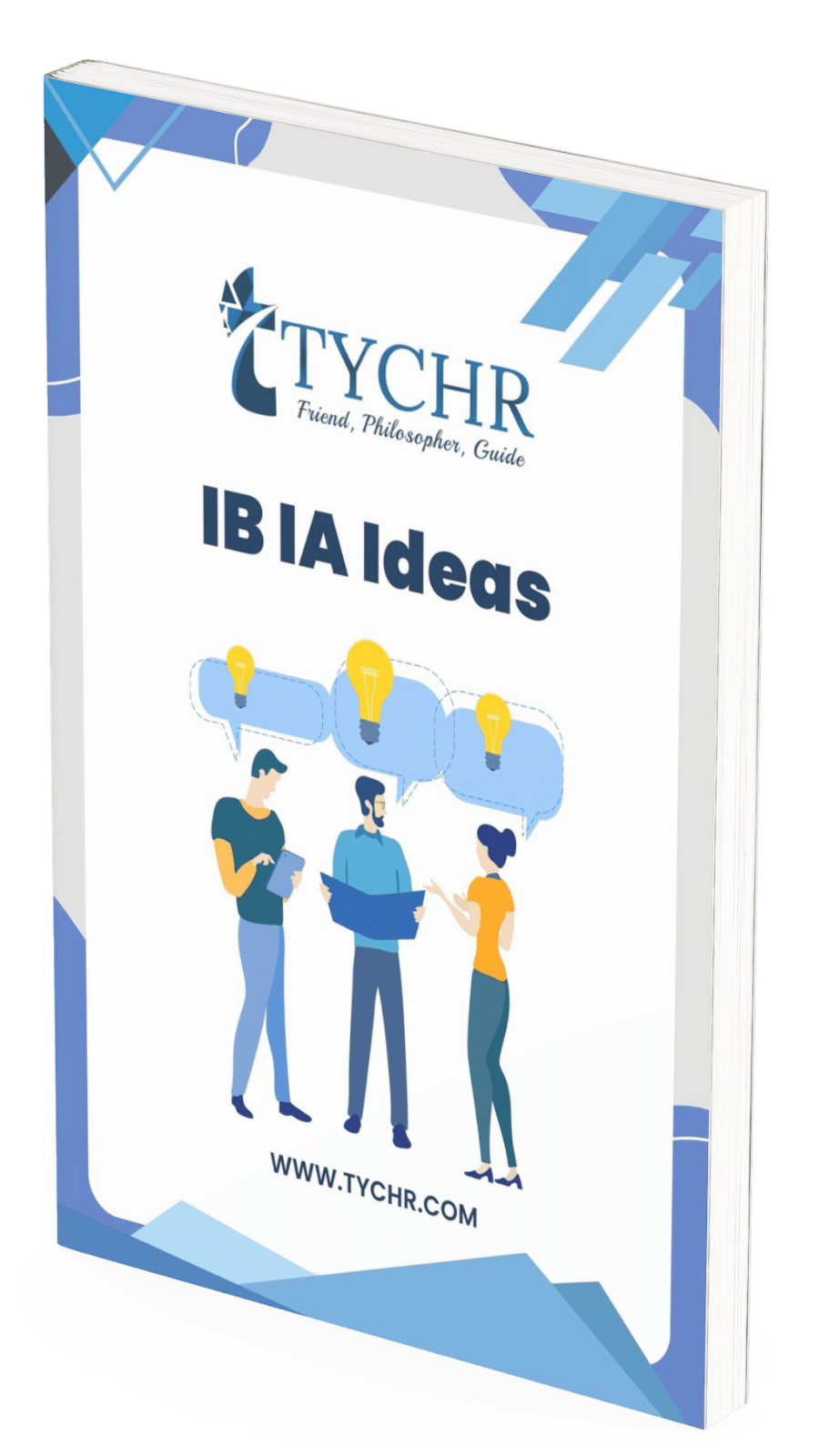Table of Contents [hide]
The Internal Assessment (IA) is a crucial component of the IB Chemistry curriculum, contributing 20% of the final grade. It allows students to explore scientific concepts, conduct experiments, and develop analytical skills. A well-structured Chemistry IA can significantly boost a student’s overall performance in IB Chemistry.
Understanding Chemistry IA Requirements
The Chemistry IA is a self-directed investigation that must align with the IB criteria. Students are required to:
- Formulate a focused research question.
- Conduct an experiment-based investigation.
- Analyze data using scientific reasoning and calculations.
- Present a structured IA report following IB guidelines.
Choosing the Right Chemistry IA Topic
Selecting a compelling and feasible topic is essential. Consider the following when brainstorming:
- Relevance: The topic should align with core IB Chemistry concepts.
- Measurability: Ensure you can collect sufficient data within a limited timeframe.
- Originality: A unique topic can make your IA stand out.
- Safety & Feasibility: The experiment should be safe and manageable in a school laboratory setting.
Popular Chemistry IA topics include:
- Investigating the effect of temperature on reaction rates.
- Analyzing antioxidant levels in different fruit juices.
- Studying the impact of pH on enzyme activity.
- Comparing the efficiency of different catalysts in chemical reactions.
Structure of a High-Scoring Chemistry IA
A well-organized IA report follows these key sections:
- Introduction
- Clearly state your research question.
- Explain the scientific background of your investigation.
- Define key variables (independent, dependent, controlled).
- Present a hypothesis based on chemical principles.
- Methodology
- Describe the experimental procedure in detail.
- List the materials and equipment used.
- Explain how variables were controlled and measured.
- Justify the chosen experimental techniques.
- Data Collection & Analysis
- Include raw data tables with proper units.
- Represent findings through graphs and statistical analysis.
- Identify patterns, trends, and anomalies in data.
- Apply relevant chemical theories to interpret results.
- Evaluation
- Discuss limitations and uncertainties in your experiment.
- Suggest improvements for better accuracy.
- Assess how effectively the research question was answered.
- Conclusion
- Summarize key findings and their implications.
- Link results back to your hypothesis and scientific concepts.
- Highlight the significance of your study in a real-world context.
Tips for Excelling in Chemistry IA
- Start Early: Research and plan well in advance.
- Keep it Concise: Stay within the word limit (1,500–2,000 words).
- Use Reliable Sources: Support findings with credible scientific references.
- Ensure Clarity: Write in a logical, precise, and well-structured manner.
- Follow IB Rubrics: Address personal engagement, exploration, analysis, and evaluation criteria.
Conclusion
A strong Chemistry IA demonstrates scientific inquiry, analytical skills, and experimental accuracy. By choosing an interesting research question, conducting a thorough investigation, and presenting data effectively, students can maximize their IA score and strengthen their understanding of IB Chemistry.
For further guidance, students can seek help from IB tutors specializing in Chemistry IA to refine their research and reporting skills.






